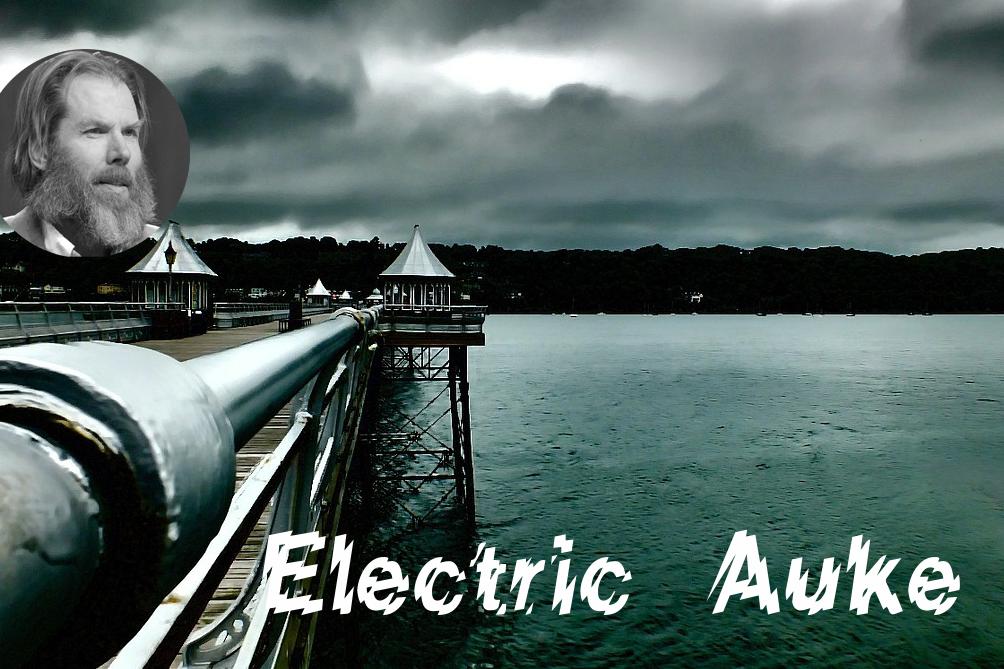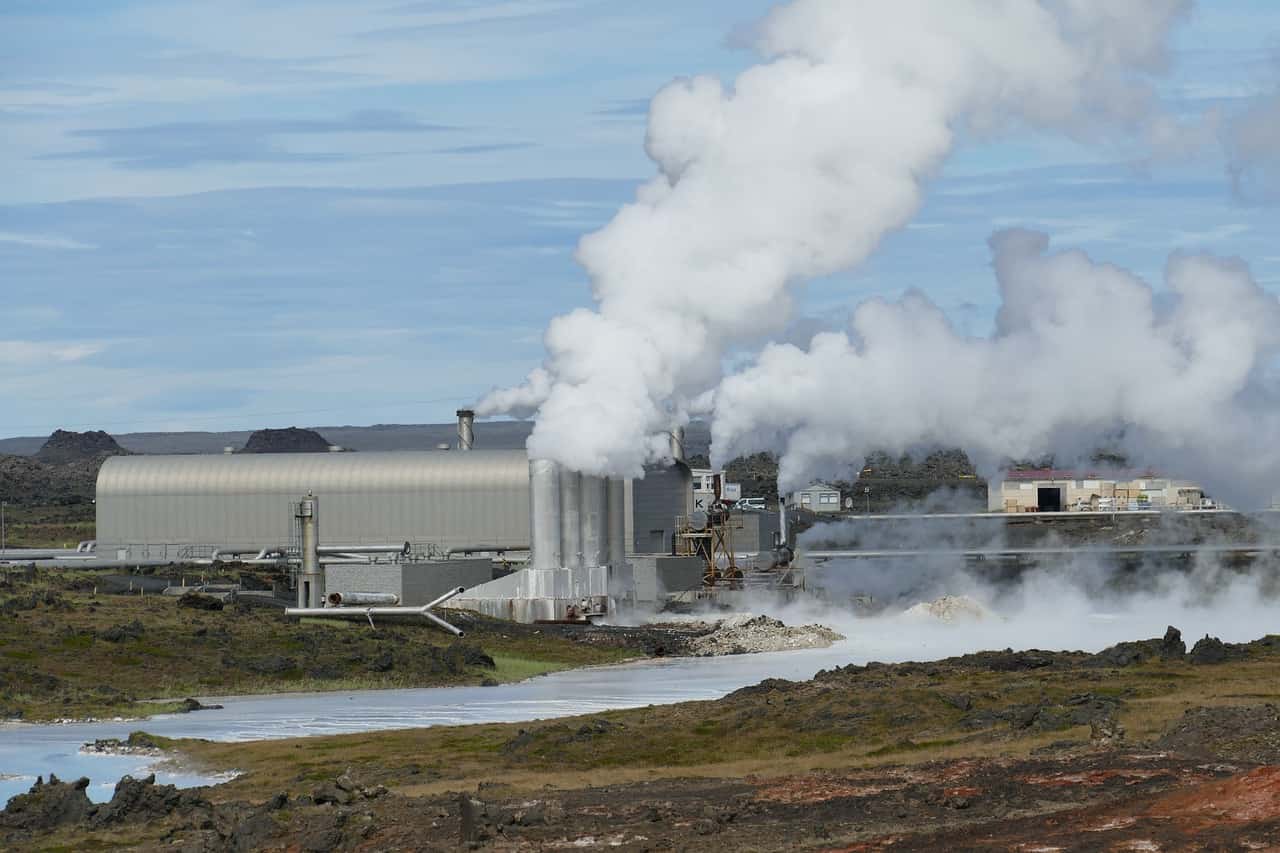
“With a huge smile, Auke settles down behind his scree; today he doesn’t have to get angry about nonsensical connections or energy-guzzling cryptocurrencies. “No, we’re going to talk about something special. And I immediately think, ‘wow, it’s really going in the right direction.’ With this relatively new technology, you can transport more renewable energy through the ocean via a cable.”
By this, Auke is referring to the 634-kilometer long underwater cable, which transports Norwegian hydroelectricity to the German energy grid. Recently commissioned, the cable is still the longest underwater electricity cable at the moment and cost almost €2 billion. But another longer cable is set to be commissioned between Norway and England later this year. The cables have a potential capacity of 1,400 megawatts.
But surely there are lots of other cables already underwater, what’s so special about these ones?
“Yes, that’s right. But the cables that are currently in place are based on alternating current, which means that the voltage changes from plus to minus. Because water is conductive and, in effect, moves along with these changes in voltage, you lose a lot of energy. This is where they came up with a clever trick that works on the basis of direct current. The same kind of current that flows from a battery. This enables you to send higher voltages through a cable and it’s less affected by the conductive effect of the water, so that less energy is lost,” Auke explains.
For example, the energy loss under water with direct current is about 3.5 percent per 1,000 kilometers. So the further you extend the cable, the more energy is lost. According to Auke, this loss is a lot higher in today’s cables. He bows his head towards the computer screen and starts busily typing. After a few minutes of frowning, he starts muttering to himself about capacity, how salty the water is and something about the interaction between cable and water. Then he begins to nod his head vigorously, “Yes, yes. I shouldn’t go around talking nonsense, of course.”
Hallo? Auke, are you still there?
Auke jumps up and looks straight into the camera: “Sorry, I wanted to know right away. But I’m afraid I’ll have to study this a bit longer, it involves so many different factors. – How long is the cable? How salty is the water? What voltages are you using? I can’t put an approximate average figure or percentage on it immediately. But the loss is at least twice as much as compared to direct current. Underwater even much more so, I’m sure about that.”
And is that 1,400 megawatts enough for us?
He is unable to suppress a slight derisive laugh. “The whole line can handle as much energy as a single coal plant. We think we’re pretty clever now, but you can’t supply the Netherlands and Germany with energy when it isn’t any wind here, for one thing. You could make the cables thicker to allow more green energy to pass through them, but this would be extremely expensive. Moreover, they take up a lot of space; no one wants something like that running through their backyard.”
Still, these kins of cables could make a difference: “This technology still needs to be developed further. When that happens, the prices will drop and you will start to see it more often. We can now transport renewable energy with lower levels of loss to areas where there is a shortage at that moment.”
This energy transport was a lot easier with fossil fuels, Auke argues. “Throw a bunch of coal on a train and you have a lot of energy per kilo that is easy to transport. The same goes for oil – pump a ship full and sail it across the ocean. That works perfectly. Now that more and more renewable energy is being generated, we have to do things differently. You don’t get good combustible fuels from wind and the sun, you get electricity. That’s a lot more complicated to transport that. With this, the further you travel from the source, the more you lose.”
Is there a solution to this?
“Basically, you want to transport a lot more than those 1,400 megawatts. In the Sahara, for example, there is much more to be gained when it comes to solar yield. Simply laying a cable to transport green energy with enough capacity over that distance is just going to be very expensive. So, actually you need a fuel or energy carrier that is easier to transport. Like hydrogen, for example.” Auke disappears again for a quick search on the internet. A short time later he has found what he was looking for. “A pipeline can carry up to 66000 MW of energy, much more than a cable can. Of course, you suffer losses when converting to hydrogen and back again to energy. But if you can get green energy in very high volumes and from far enough away, a pipeline does become cheaper.”
Despite the huge gap in capacity, it’s not a done deal yet, Auke reckons. “It depends on how the price of hydrogen develops, how much energy is available in the total network. And whether the direct current technology will make any more strides. We could map this out very nicely at NEON.”



